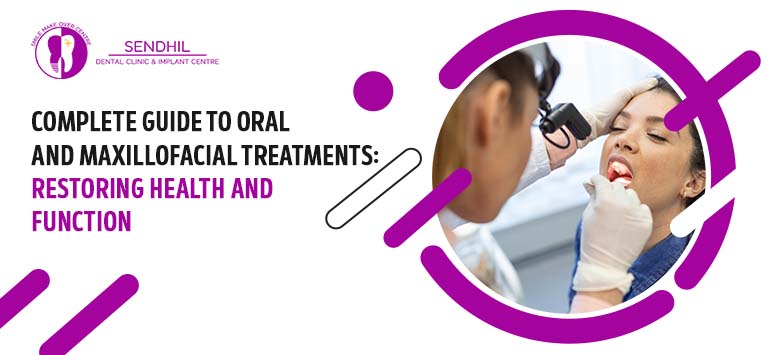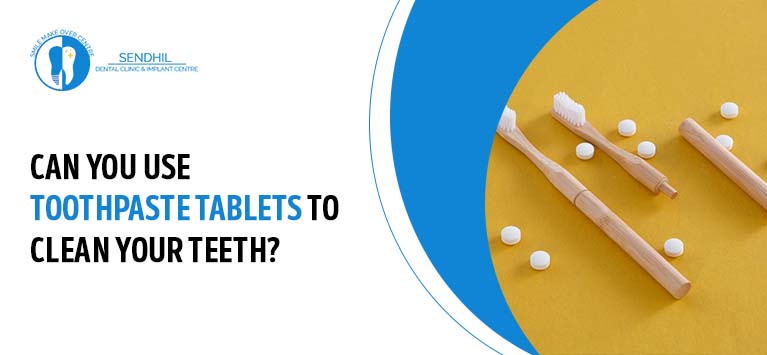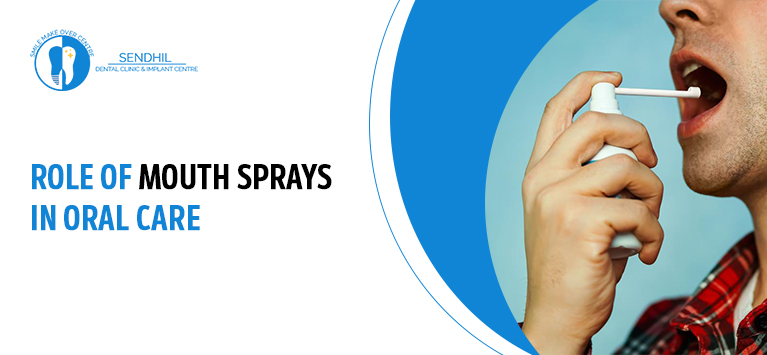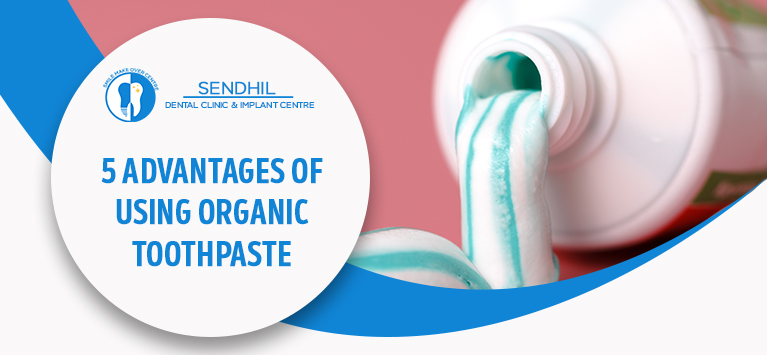Different kinds of mouth guards
Mouth guards are also called mouth protectors and they help in protecting the teeth. It helps cushion a blow to the face thereby minimizing the risk of broken teeth and injuries to your lips, tongue, face or jaw.
Most mouth guards typically cover the upper teeth and are a great way to protect the soft tissues of your tongue, lips and cheek lining. If you’re into close contact sports and athletics, a mouth guard is often needed for protection.
When it comes to protecting your mouth, a mouth guard is an essential piece that should be part of your standard equipment from an early age. Mouth guards can buffer damage to the teeth, the brackets and/or other fixed appliances from blows and physical contact. Mouth guards also act as a barrier between teeth/braces and the cheeks, between the lips and tongue, thereby limiting the risk of soft tissue damage.
The ideal mouth guard also:
• Allows speaking and does not limit breathing.
• Stays firmly in place during action.
• Provides a high degree of comfort and fit.
• Is durable and easy to clean.
• Is resilient, tear-resistant, odourless and tasteless.
Mouth guards are of many different types and are used according to the situation. However the most common types of mouth guards are : custom, boil-and-bite and stock mouth guards. We have mentioned below a list of all mouth guards available.
1) Custom-fashioned mouth guards
Custom-fashioned mouth guards are made personally for your mouth’s shape, so their fit and comfort is greater than any other type of mouth guard. Because they’re designed to your pearly whites and gums, they also offer better protection against dental trauma. This is a more expensive option than traditional mouth they provide the greatest degree of fit, comfort and protection because they are made from a cast to precisely fit your teeth.
2) Boil-and-bite mouth guards
The “boil and bite” mouth guard is made from thermoplastic material. It is placed in hot water to soften, then placed in the mouth and shaped around the teeth using finger and tongue pressure. They are shaped to your oral cavity after you boil them and bite down on them, hence their moniker.
3) Stock mouth guards
The most common mouth guard available in the market, they are ready to be worn right away after buying it, but its pre-formed shape might be ill-fitting to your mouth. They are regularly bulky and tough to wear making breathing and talking difficult and they provide little or no protection. These are mouth guards that do not require moulding of any sort and should only be used as a stop-gap measure.
4) Lip Protector Mouth Guards
Also known as a pacifier mouthpiece, binky mouthguard, or lip guards, they provide an external shield that protects the lip regions from impact. Because of the shield the upper and lower teeth are also protected. These lip protector mouth guards are great for use during sports, for they can be popped in for a play, and popped out when one needs to communicate.
5) Mouth Guard for Braces
Mouth guards for braces are mouth guards that people look for who are wearing orthodontic braces, or who are going through other orthodontic treatment like Invisalign. They can be reboiled multiple times and is recommended after each ortho adjustment appointment (or put in new retainers for Invisalign) that the mouth guards be boiled when they start to feel tight as the teeth are shifting.
6) Night guards
Night guards are another type of mouth guard and they’re formed to shield your chompers from grinding as you sleep. This could be a good choice for you if you clench your teeth during sleep or get up with a painful jaw.
Talk to your dentist or orthodontist about selecting a mouth guard that will provide the right protection. Although some mouth guards only cover the upper teeth, your dentist or orthodontist may suggest that you use a mouth guard on the lower teeth if you have braces on these teeth.












